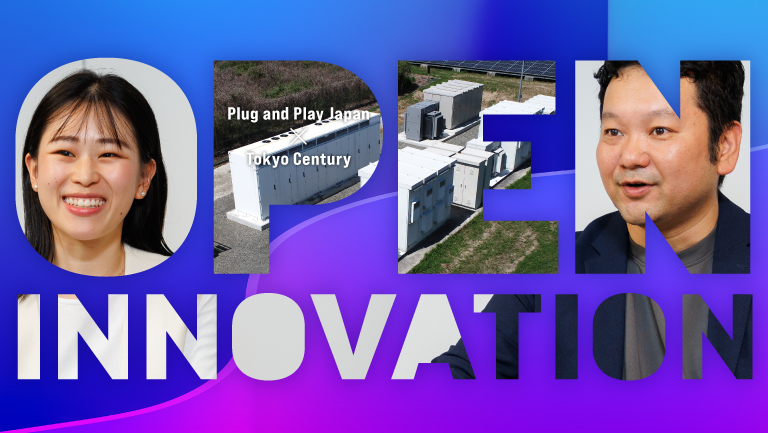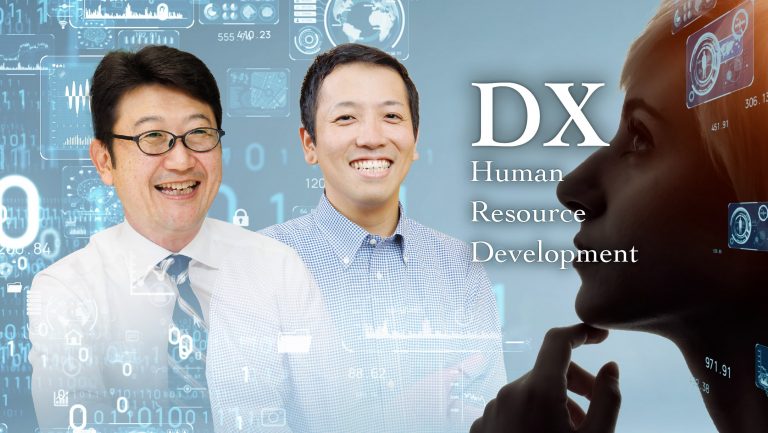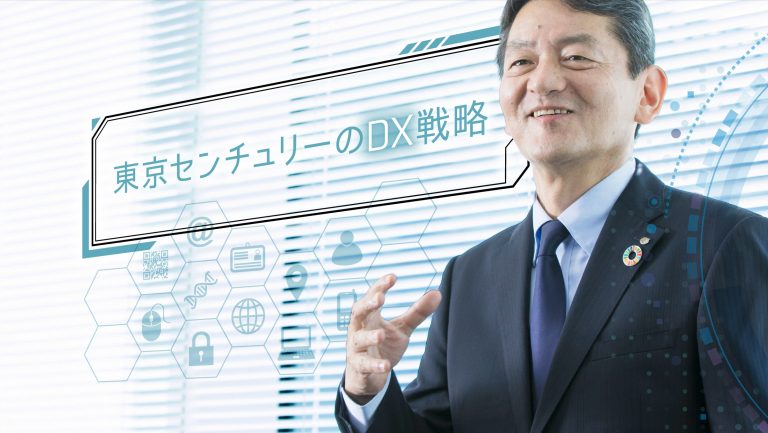
What’s Necessary for Moving Digital Transformation Beyond a Superficial Corporate Effort?
Jan 31, 2021
As an industry leader that actively embraces digital transformation (DX), Tokyo Century has been selected as a DX Stock (“Competitive IT Strategy Company” until 2019) by Japan’s Ministry of Economy, Trade and Industry for six consecutive years since 2015. What does it take to go beyond DX, as a merely superficial effort to realize it, that leads to an evolution in corporate business and the creation of new value? We asked TSUTSUI Junji, Executive Officer and head of the IT Unit, which oversees the IT Promotion Division, to share his views.
Dramatically Improving Operational Efficiency by Managing Robots with Robots
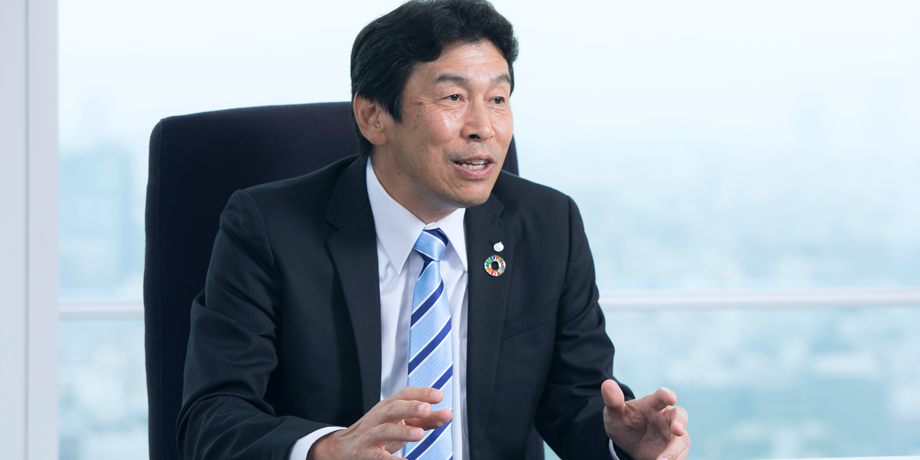
―― Tokyo Century has been selected as a Competitive IT Strategy Company and DX Stock by the Ministry of Economy, Trade and Industry for six consecutive years since 2015. Also, it continues to be the focus of attention in the industry in the area of DX. Please tell us how the company came to win this recognition.
I believe it’s due to our unwavering commitment to enhancing the value of our services and delivering quality solutions for our customers.
Companies in pursuit of digital transformation are often prone to confusing the ends and the means. We must not let it become the end; we should implement digitization to dramatically enhance corporate productivity and added value for customers, which is the essential significance of digital transformation. Tokyo Century has engaged in it by steadfastly pursuing that goal.
―― What concrete actions are being taken?
We’ve been tackling digital transformation from two general directions. One is improving productivity through digitization, and the other is transforming existing businesses.
An example of our efforts in the area of improving productivity is the use of RPA, or robotic process automation, to raise the efficiency of internal operations. We succeeded in dramatically improving operational efficiency by replacing simple tasks done by hand, such as inputting data with software-controlled robots.
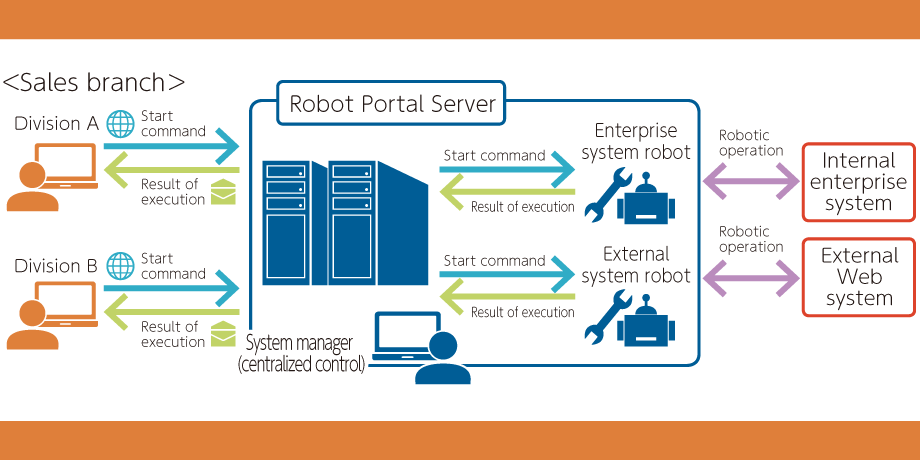
RPA is a typical manifestation of digital transformation, so many companies have probably introduced it. But we faced a major challenge in effectively executing RPA. I suspect many companies face the same challenge.
―― What is the specific nature of that challenge?
Robots used in RPA have distinct strengths and weaknesses, depending on their respective maker. Using robots made by one company for all internal operations is not a realistic option, so we need to combine robots made by several different companies and assign tasks according to their strengths.
This raised the issue of how to manage robots made by different manufacturers. It was also important to measure outcomes in order to ascertain whether each robot was generating results worth the costs. Without an accurate measurement of the outcomes, it isn’t possible to assess whether we’re making optimal use of the robots.
We addressed this issue by developing a robot portal server as an integrated platform for implementing centralized control over internal robots. Creating our own robot that would control others turned out to be a major advantage.
By doing this, we practiced efficient centralized management over robots made by different makers while accurately measuring the outcomes. And we were able to automate approximately 90,000 tasks, equivalent to 8,000 work hours per year.
Recruiting Highly Professional Personnel to Survive the “2025 Digital Cliff”
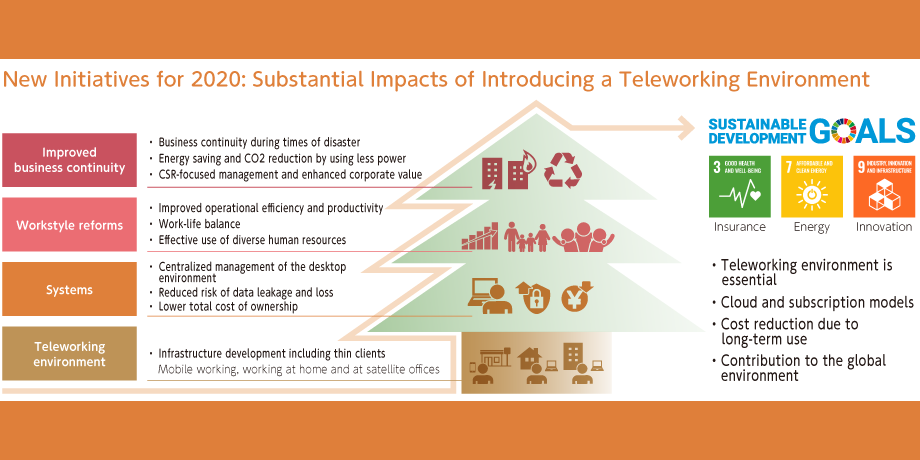
―― It’s interesting the company turned to in-house manufacturing to establish a platform. How was that possible?
Since I joined Tokyo Century in 2016, our hiring and human resource development have been carried out with a focus on the future of the company.
Consequently, we’ve spent several years recruiting IT personnel with advanced skills and expertise and established the IT Promotion Division for receiving such individuals. We assembled a team of professionals from various fields, including experts on AI and big data, RPA engineers, and specialists in next-generation systems and infrastructure development, which in turn gave us the ability to manufacture in-house.
Progress in manufacturing in-house also changes our work pace. When outsourcing production, it may take more than a week to obtain an appointment with a highly skilled outside engineer. And when such personnel are available internally, we can immediately convey our requests via online conferences and chats—a major advantage.
―― In Japan, companies commonly enlist outside vendors to develop internal systems.
That poses a major challenge when implementing digital transformation.
For example, while many U.S. companies employ their own engineers, in Japan there are more cases of outsourcing to vendors and IT companies. While this is a result of Japan’s unique efforts to raise efficiency, it’s an obstacle with regard to digital transformation. Over-dependence on outside personnel, for instance, may turn internal systems into a “black box” that even company employees can’t understand.
I believe there’s a need to change the approach and how we think about system investment in Japan. A report by the Ministry of Economy, Trade and Industry indicates that Japan will incur a maximum loss of 12 trillion yen over a five-year period from 2025, unless companies succeed in digital transformation. This is known as the “2025 Digital Cliff.”
In anticipation of this, we’ve quickly changed our game by developing our capacity for in-house manufacturing over a number of years, not only in our internal operations but for our external ventures as well. This is the second point I mentioned at the start, which is the transformation of existing businesses.
Applying In-house Manufacturing Strengths to External Businesses
―― What do you mean by transforming existing businesses?
As an example, we introduced a Web-based application and automatic response system for automobile loans in Singapore.
Singapore has a national data infrastructure called “MyInfo,” which stores personal information of its citizens, similar to Japan’s My Number system. The data includes names, birthdays, nationalities, places of employment, and annual incomes. We developed a system linked with MyInfo. Customers enter their PIN codes, and their personal data is sent to Tokyo Century, facilitating the immediate screening of a loan application. Customers can now apply for a loan around the clock, 365 days a year.
In the future, applying this initiative to other countries may be possible. We may also be able to develop a similar service in Japan, depending on how the My Number system is implemented. If the opportunity presents itself, we intend to fully apply the know-how we’ve gained in Singapore.
―― You’re applying digital transformation to advance your external businesses as well as internal operations.
That’s right. Underlying needs, such as higher efficiency, greater ease of use, and dealing with fewer problems, are the same for both internal operations and external businesses. That’s to say, digital transformation implemented in the non-competitive domain of internal operations is connected to the competitive domain of external businesses. And this is why companies with in-house manufacturing teams will gain the upper hand in external businesses too.
Taking an example of the automobile industry that is closely linked to Tokyo Century’s businesses, its digitization is rapidly underway. Amid expectations for further advances in ride sharing and autonomous driving, we’ve entered a period of difficulty seeing the future of our existing business operations. Fully leveraging speed and agility—the advantages of in-house manufacturing—is the key both to predicting future trends swiftly and to realizing new services that’ll meet customer needs.
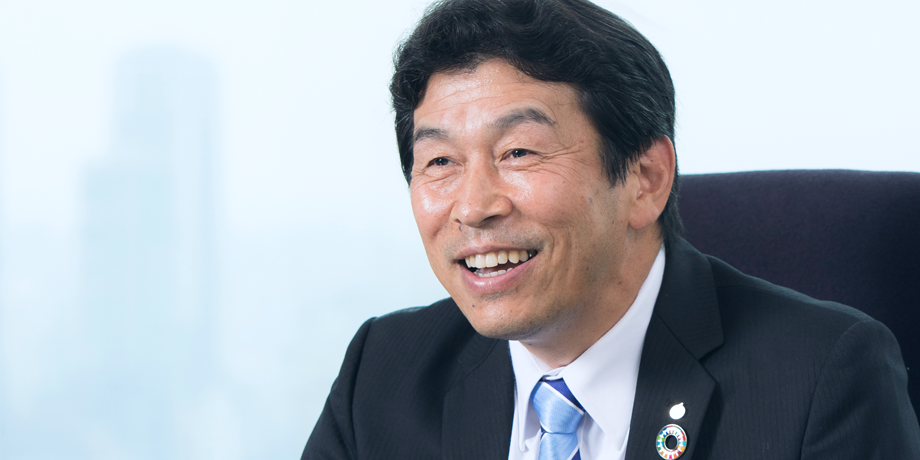
Being Open to the Possibility of Failure Is an Important Aspect of Offensive Digital Transformation
―― What are Tokyo Century’s next moves in digital transformation?
Currently, we’re focusing our resources on creating new businesses.
Digital transformation offers the advantage of directly incorporating the opinions and requests of end users through our services and customer touchpoints. We plan to fully mobilize cutting-edge technologies as we consider their opinions about our services and develop new ones that are also genuinely needed. Giant companies, such as GAFA, have achieved enormous success by doing so.
An example of how we’re doing this is our analysis of customer survey results in our car rental business. If we use robots and AI to analyze the data, we’ll be able to reflect a greater number of opinions in the service. Put differently, data that would take a week to analyze by several people might take only an hour for AI. Achieving this level of data analysis will lead to the creation of new businesses, and we intend to apply the expertise accumulated in such areas to serve society.
Conversely, in today’s world, companies unable to promptly reflect the voices of their customers in their services will be placed at a serious disadvantage. Particularly in the rapidly changing automobile industry, we’re expected to generate even more new businesses that address customer needs. And so we must possess an in-house system for collecting and utilizing data, which will also reinforce the advantages of in-house manufacturing.
Tokyo Century’s IT Promotion Division is responsible for creating the future of our external businesses as well as for maintaining the internal infrastructure that used to be undertaken by the IT Unit. In other words, the Division has evolved from serving as a lifeline to leading the company on the front lines.

―― It’s been said that digital transformation in Japan is mostly defensive in nature, focused on safeguarding internal operations and systems. What’s the key to pursuing a more offensive digital transformation for creating new businesses and value?
A purely defensive stance will never lead to corporate growth. I remember visiting a leading global company in Silicon Valley where I saw a motto displayed on the wall of the cafeteria. It read, “Fail Fast,” which left a strong impression on me.
Failure for that company was to be neither avoided nor feared. Rather, it was something to be accepted and built upon. Japanese companies tend to avoid taking on challenges out of a fear of failure and conceal or smooth over any failures that occur. This will hardly enable a company to adopt an offensive stance, and the fear of a minor failure may ultimately result in one that’s major.
Go on the offensive without fearing failure and aggressively incorporate new technologies to that end. I believe that fostering such a corporate culture will lead to an offensive stance on digital transformation and the creation of new businesses.
*The contents of the article and the position titles are as of the date posted.
RECOMMEND ARTICLES
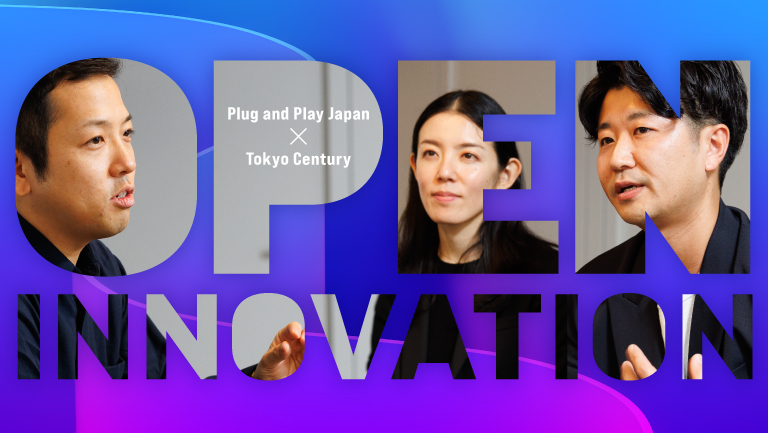
—Plug and Play Japan × Tokyo Century
Feb 19, 2025
Collaboration with s…


